Turks were quite late in converting to Islam and even after they did, they always practised a milder version. This continued even when, from the 16th century onwards, the Ottoman Sultans became caliphs of the Muslim world as well. Of course, there were some Sultans who were more pious than others, but some had tastes and life styles that could be regarded in conflict with Muslim values. Today, even though the conservatives and especially the Islamists in the society choose to turn a blind eye, historical evidences that are becoming more widely known reveal the facts. For example, procurement lists of palaces affirm that some of the Sultans were fond of alcohol. Some preferred wine while others loved brandy, even though drinking alcohol is prohibited in Islam. The art of painting is another similar example. According to the Sunni sect of Islam (to which the majority of Turks belong to), drawing or painting living beings, most of all human beings, is prohibited. Yet, we know that Sultan Mehmet II the Conqueror posed for a portrait of himself by Gentile Bellini as early as 1480. (You can read more about Sultan Mehmet II and this portrait, which is currently in the National Gallery in London, by clicking the link to access my post, “The Great Eagle”).
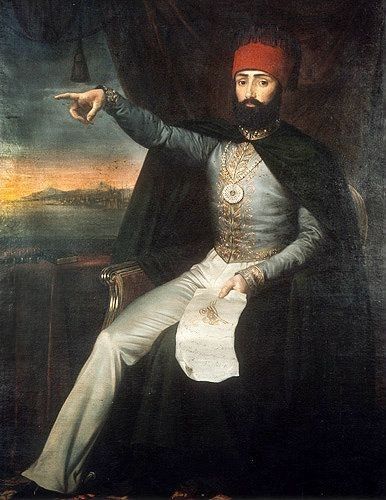
Despite Sultan Mehmet the Conqueror’s early interest in the art of painting, it took several centuries before the establishment of an Ottoman Imperial Painting Collection. This was no doubt one of the side effects of the Westernisation movement in the empire. Ottoman interest in the Western culture and life style started at the beginning of the 18th century. It became more visible with the reforms at the beginning of the 19th century. The extensive Reformation (Tanzimat) took place in 1839, during the reign of Sultan Abdülmecit (1823-1861, reign 1839-1861), but the seeds had already been sown by his father Sultan Mahmut II (1785-1839, reign 1808-1939). In 1826 Sultan Mahmut II, abolished the traditional and by then outdated janissary institution, replacing it with a modern and professional army. The janissaries rebelled fiercely, rioting all over the city and ransacking major government buildings. They were eventually suppressed. After that, there was an irrefutable Western influence on the upper classes of the society, ranging from attire to interest in Western art, culture and life style.
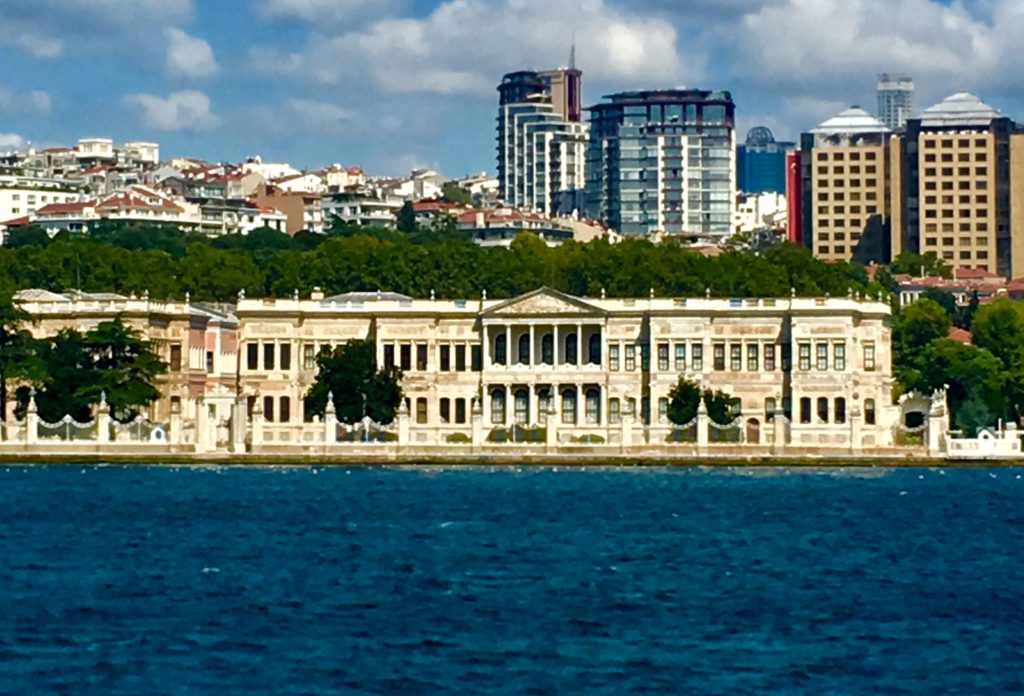
Sultan Abdülmecit and his successor Sultan Abdülaziz (1830-1876, reign 1861-1876) were both sons of Sultan Mahmut II but were from different mothers. Both of them were determined to continue the Westernisation movement started by their fathers. In addition to the traditional education Ottoman princes received at the time, they were also trained in Western music, literature and painting.
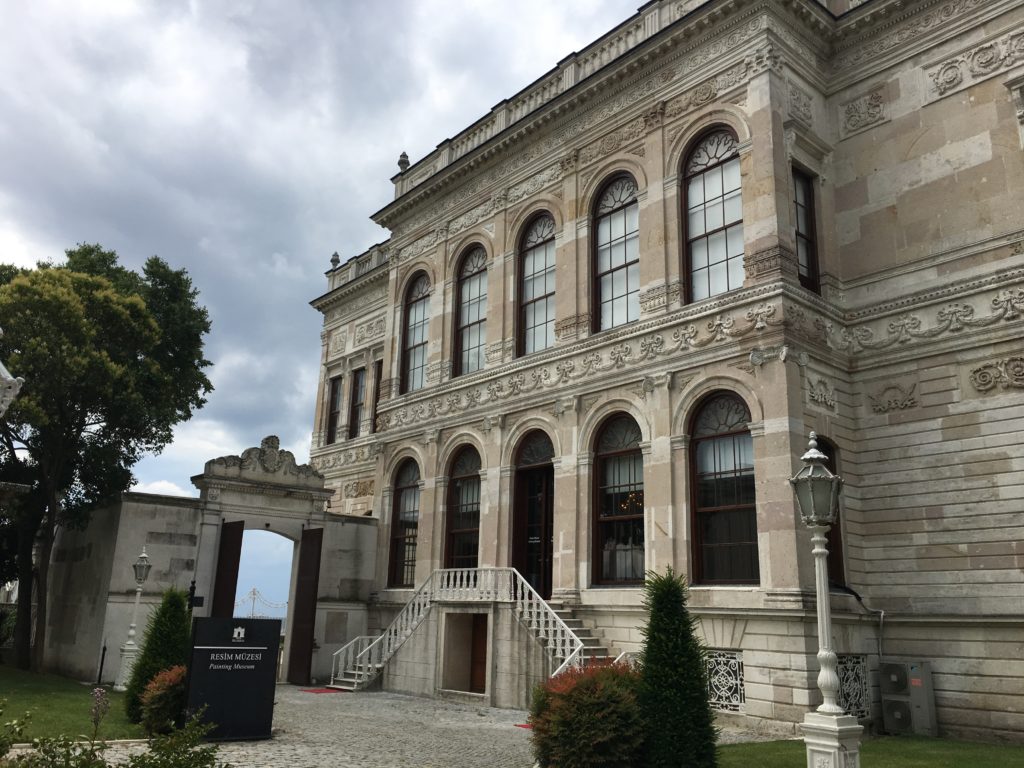
The face of Istanbul changed considerably at the time of Abdülmecit. He was the Sultan who abandoned the Topkapı Palace for the modern Dolmabahçe Palace which he himself had commissioned. Upon moving to the new palace (1856), he also made changes in the court life and rituals of the Ottoman palace. The new palace triggered a wave of architectural change in the city. Ottoman dignitaries and foreign representatives commissioned Western style mansions, pavilions and other buildings all over the city. The first general census and distribution of national identity cards (1844), the ban of slave trade (1847), establishment of the Istanbul Maritime Company (1850) and the Municipality of Istanbul (1854), inauguration of the first museum (1846) and the first Science Academy (1851) were highlights of his time.
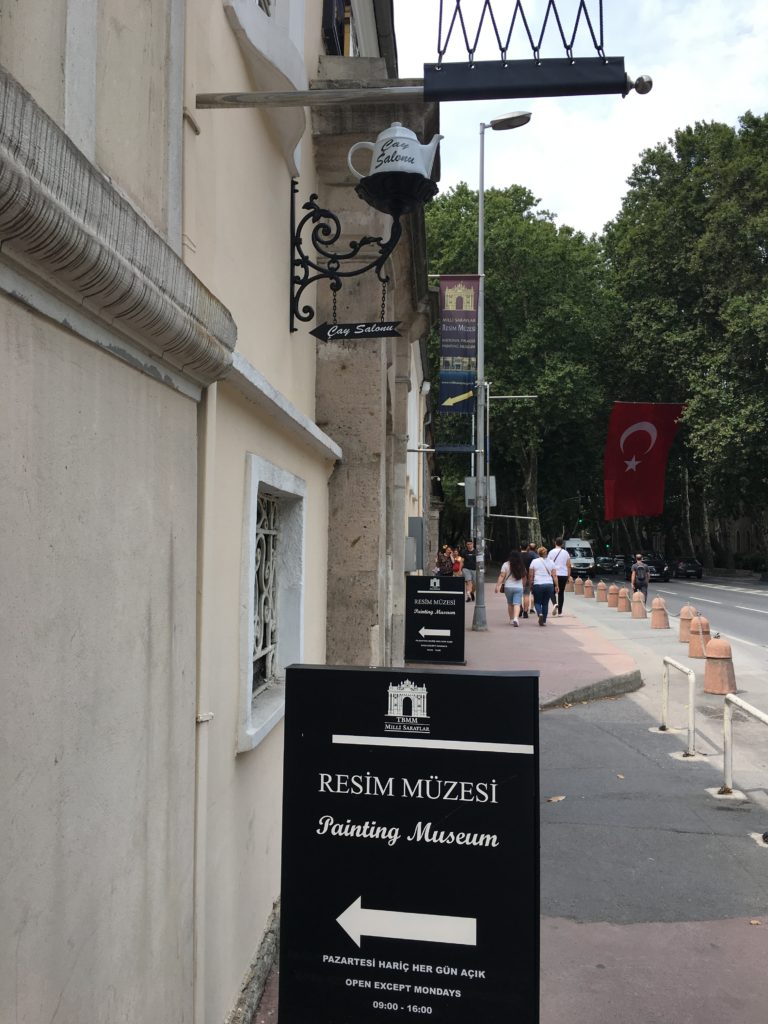
The National Palaces Painting Museum is within the grounds of the Dolmabahçe Palace. However, it is closer to the city maritime pier in Beşiktaş rather than the general entrance to the palace. The building was originally the residential building of the Ottoman heir apparent with its first resident being the future Sultan Abdülaziz, when his brother Sultan Abdülmecit moved the court to the new palace. You can visit it with a joint ticket for the palace or separately, entering from its own entrance in Beşiktaş. I would recommend the latter, because this museum deserves more attention than it gets when visited straight after the Dolmabahçe Palace. I have observed many visitors who came here straight after visiting the palace and were too tired to fully appreciate this museum. If you are intent on doing both venues on the same day, then taking a break at one of the cafes on the premises might be a good idea. The Painting Museum has a wonderful tea room overlooking the Bosphorus that takes you back in time with its decoration. You can have a nice rest there before immerging yourself in the vast collection. Audio guides are provided at the Painting Museum’s own ticket booth. It comes in several major international languages and is very informative.
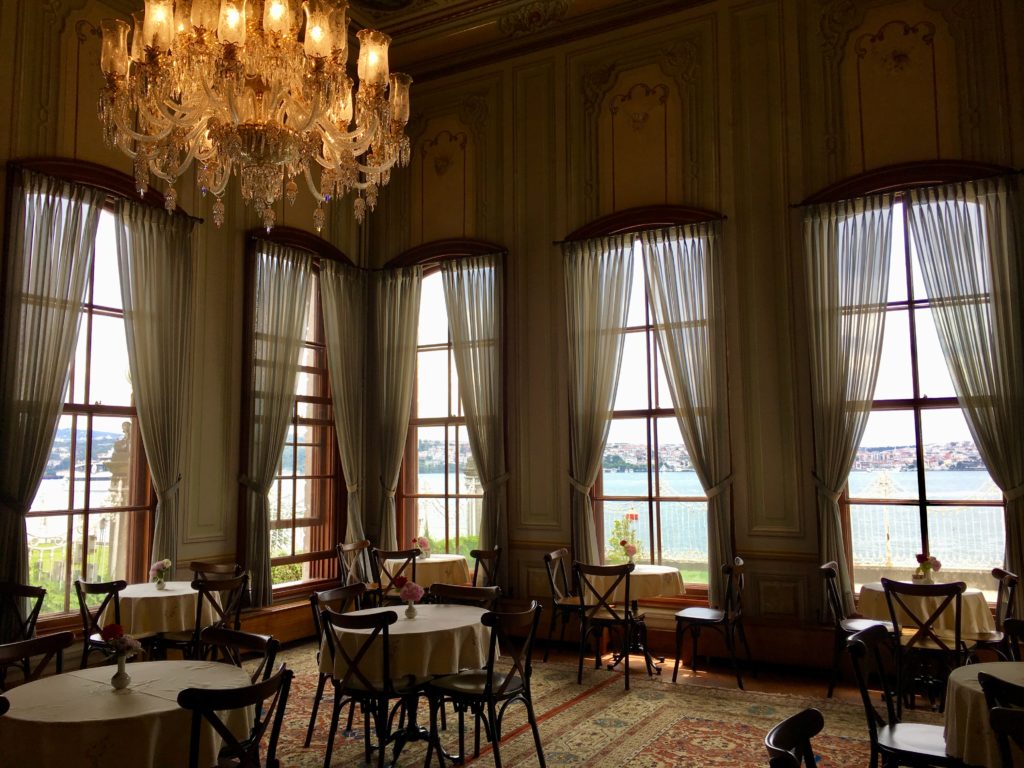
Going up the grand stairway to the first floor, you step into a big hall where two big paintings depicting Sultan Abdülmecit and Sultan Abdülaziz are displayed facing each other. Sultan Abdülmecit’s painting on the right hand side is attributed to Rupen Manas, an Armenian- Ottoman painter who was sent to Paris for an education in art by the Sultan. Abdülaziz’s painting on the left hand side, was painted in 1867 by the Polish painter Stanislaw Chlebowski (1835-1884) who was the Ottoman Imperial court painter for Sultan Abdülaziz between 1864- 1876.
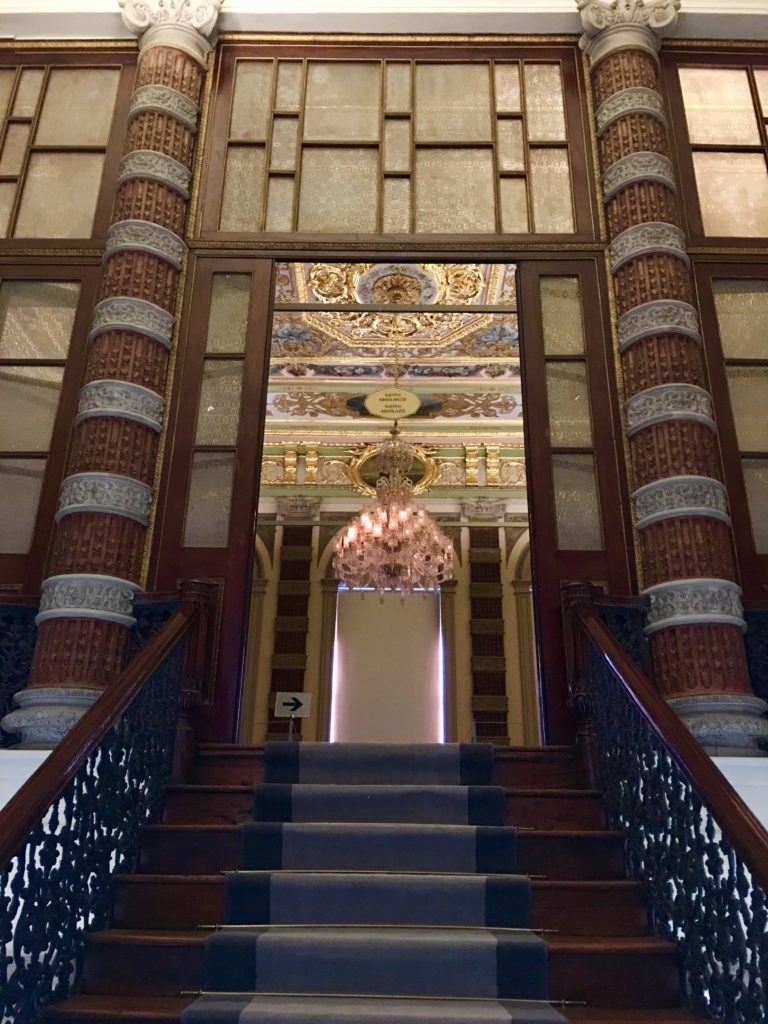
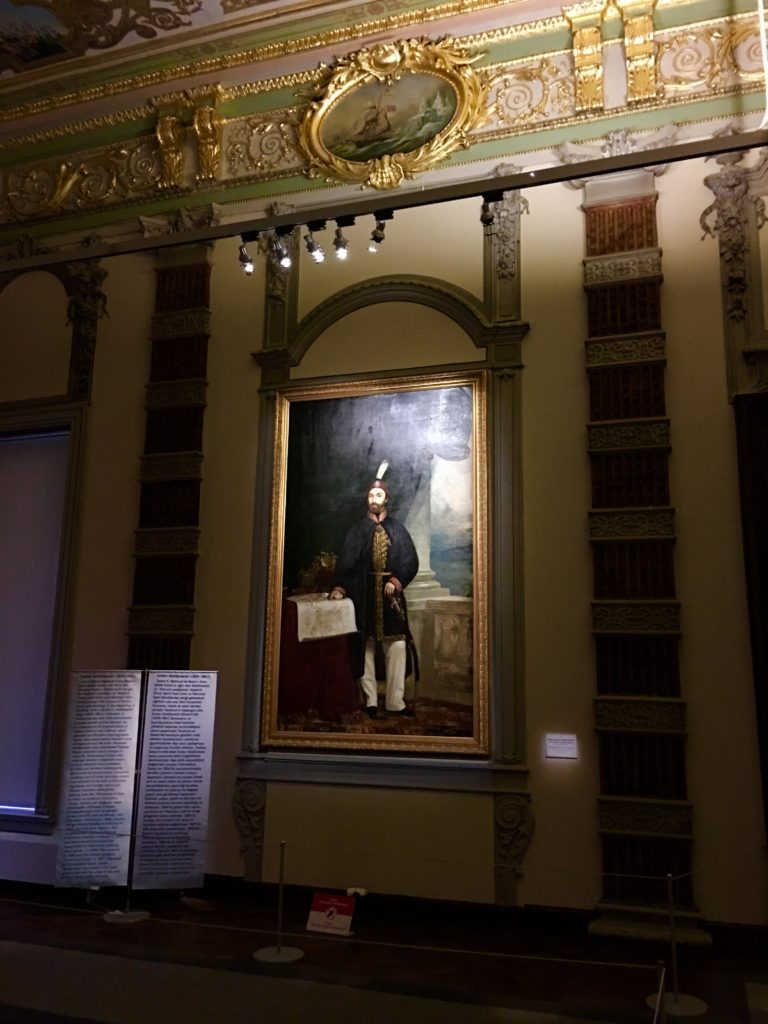
The 32nd Ottoman sovereign, Sultan Abdülaziz, was a painter and a sportsman. He also took classical music lessons at an early age and was interested in literature as well. He was the first Ottoman Sultan who travelled to Europe on a visit. At the invitation of the European dynasties, in 1867 he went on a 47 days long trip and visited France, Great Britain, Belgium, Prussia, Vienna, Budapest and Varna. He was hosted at the Buckingham Palace for 11 days and made a Knight of the Garter by Queen Victoria. As a passionate collector, he bought many paintings on this trip and inaugurated the International Paris Exhibition together with Emperor Napoleon III. The paintings he bought abroad formed the nucleus of the Imperial Collection. Sultan Abdülaziz continued to support the art of painting and sculpture by sponsoring art exhibitions in Istanbul, taking artists under his protection and sending students to Paris for education. Among these students were also the Sultan’s military aides such as Şeker Ahmet Pasha and Osman Nuri Pasha. On May 30th, 1876, he was dethroned with a coup d’etat and replaced by his nephew, Sultan Murad V. The official announcement was that he committed suicide but, in the light of newly found information in recent years, now it is being claimed that he was actually murdered. He was buried in this father’s mausoleum on Divanyolu.
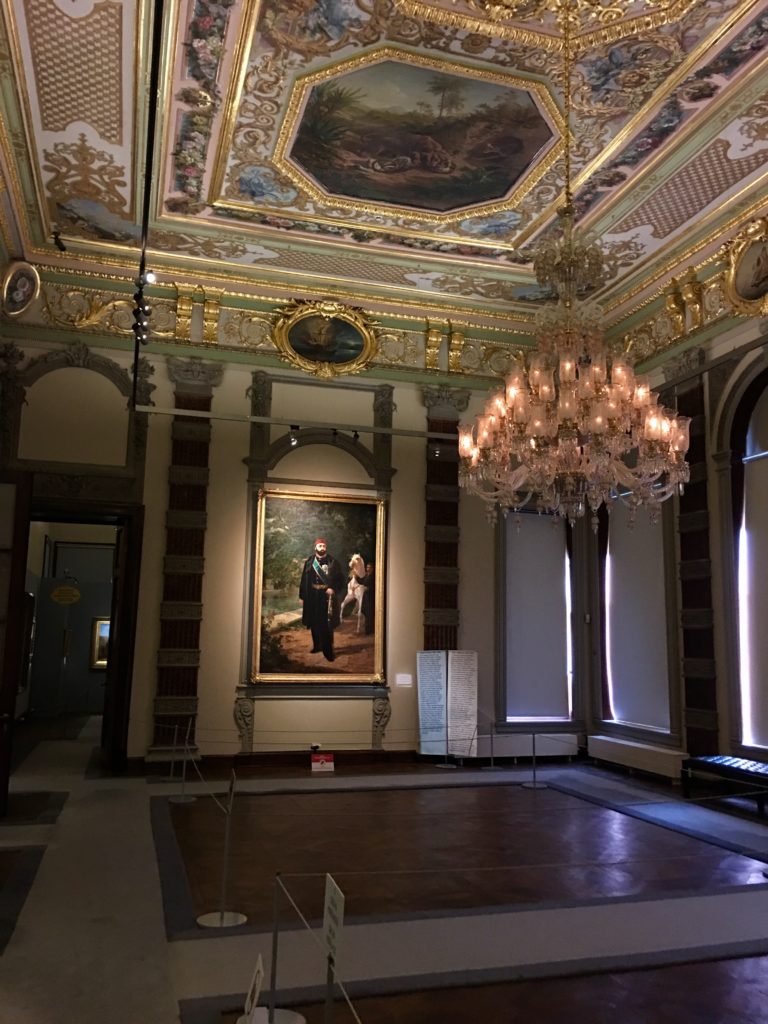
As the cultural ties with the West grew stronger, many foreign painters came to Istanbul, driven by their curiosity about the Orient. They got commissions from the foreign diplomatic embassy members, high class Ottoman families and the churches in Istanbul. They also earned a living out of private lessons. Some of them taught at the School of Fine Arts (Sanayi-I Nefise Mektebi) which was opened in 1883. However, the ultimate dream of these foreign painters was to get a commission from the Palace and, if lucky, become Imperial court painters. Polish painter Stanislaw Chlebowski (1835-1884) and Italian painters Luigi Aquarone (1800-1896) and Fausto Zonaro (1854-1929) were among those lucky ones who attained that honour. Court painters painted portraits of the Sultans and members of the royal family in addition to scenes from Ottoman history, Orientalist paintings, scenery (landscape painting) and still life paintings.
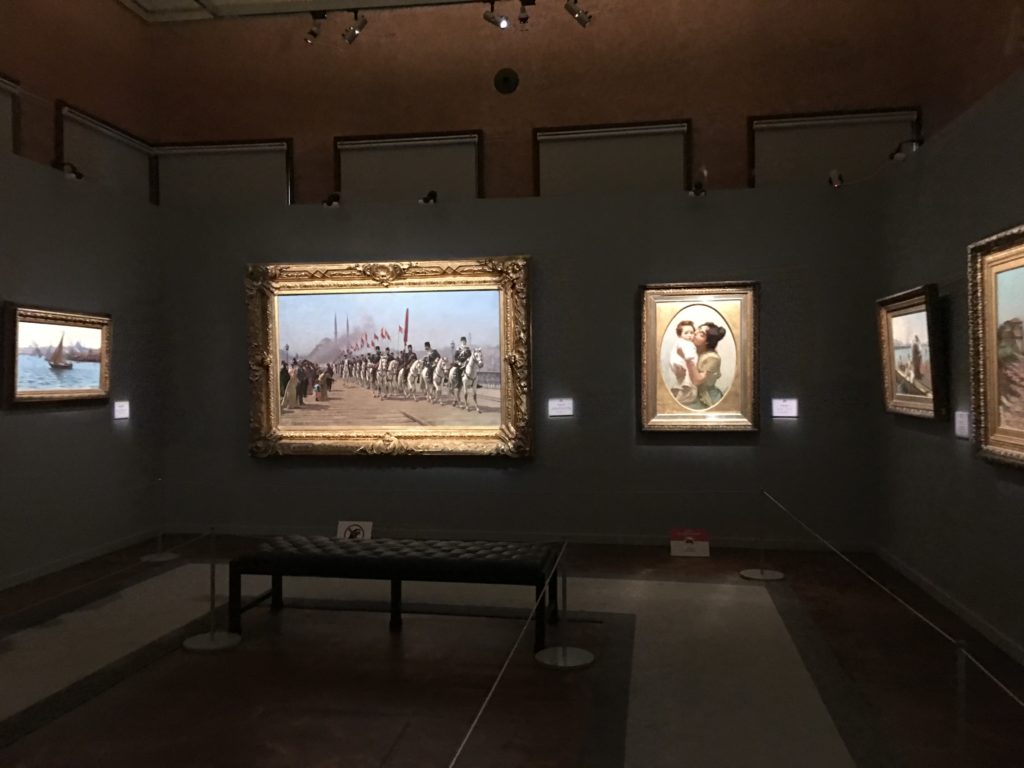
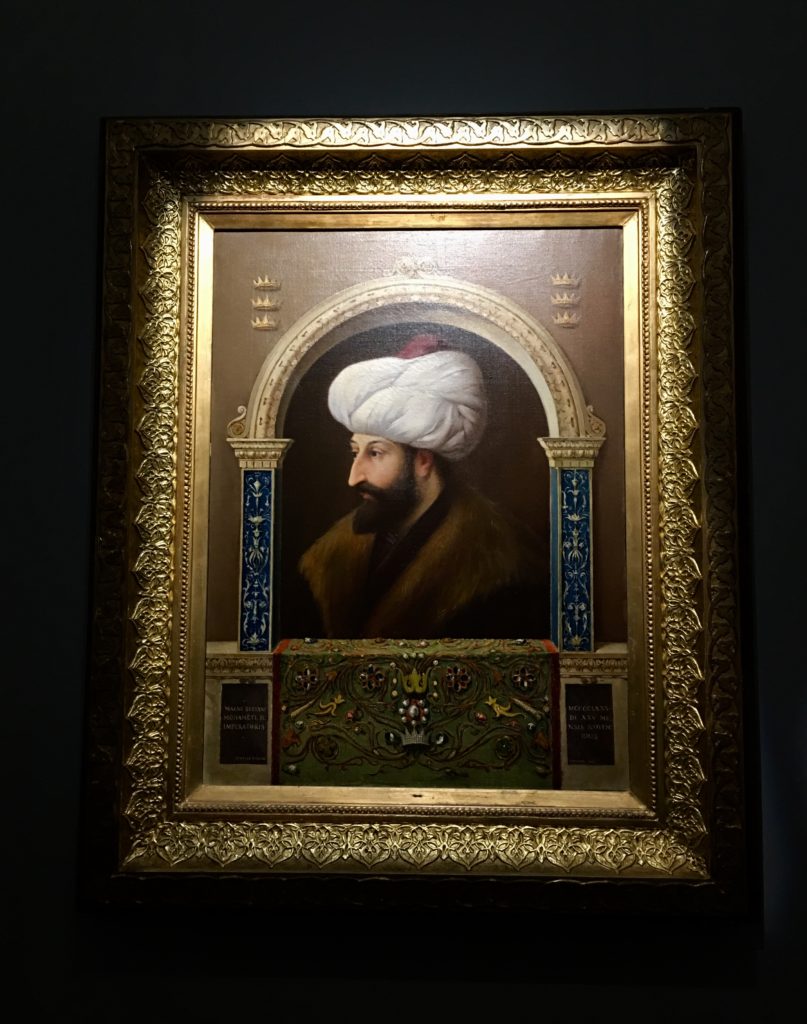
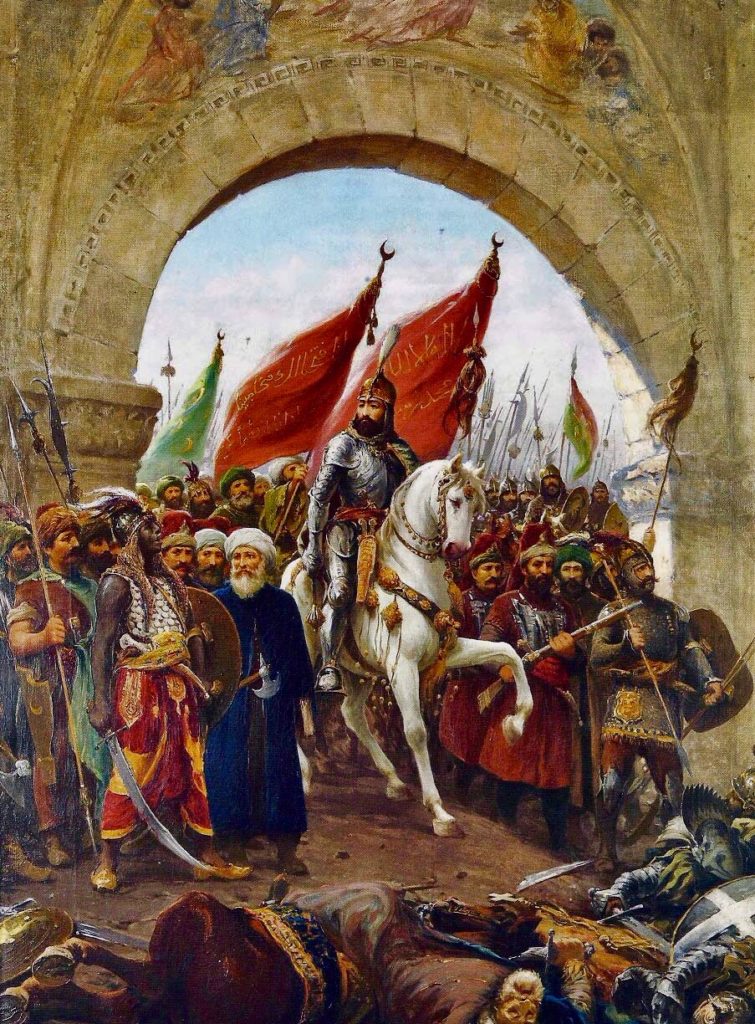
The first painting exhibitions in Istanbul took place in Sultan Abdülmecit’s time. He also sent portraits of himself to the royal families of Europe as a gift. He was the first Sultan who dressed in Western attire at his Kılıç Alayı (Sword Procession) which is a ceremony that is held when a new Sultan ascends the throne and includes a visit to the Eyüp Sultan Mausoleum and the mausoleum of Sultan Mehmet II the Conqueror inside the Fatih (Conqueror) Mosque. Eyüp Sultan was a close companion of the Prophet Mohammed and he died (in 672 or 674) at the gates of Constantinople during the second siege of the city by the Arabs.
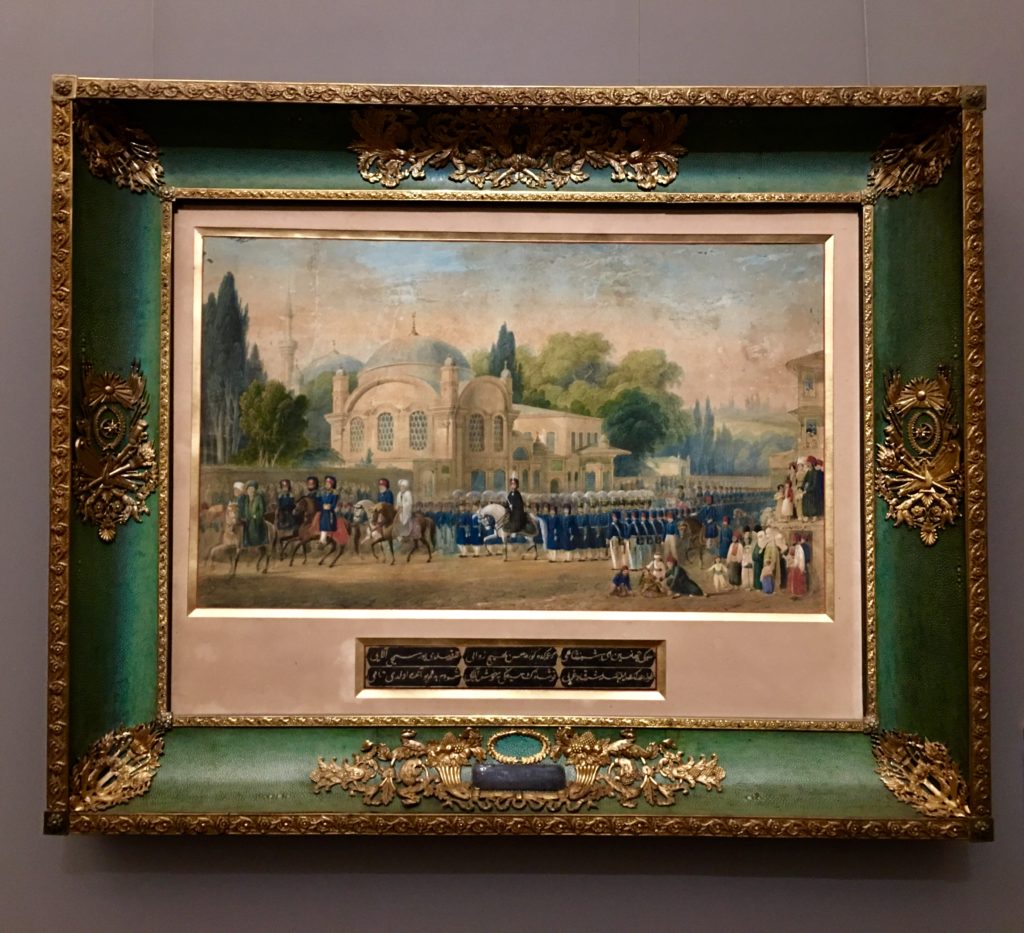
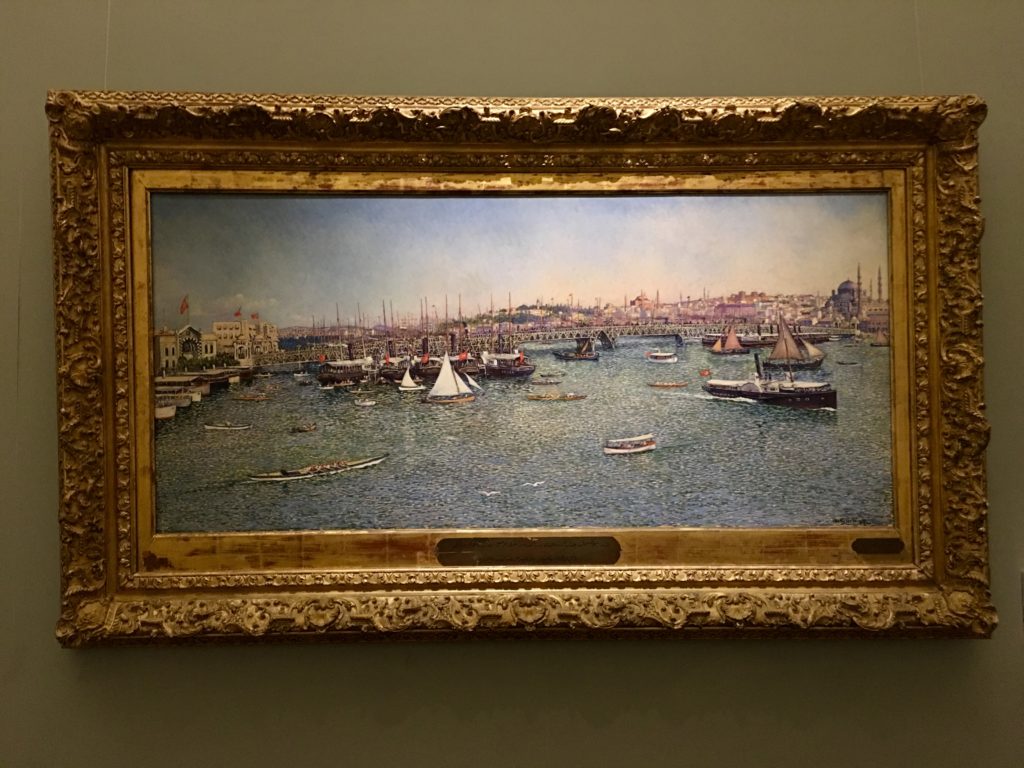
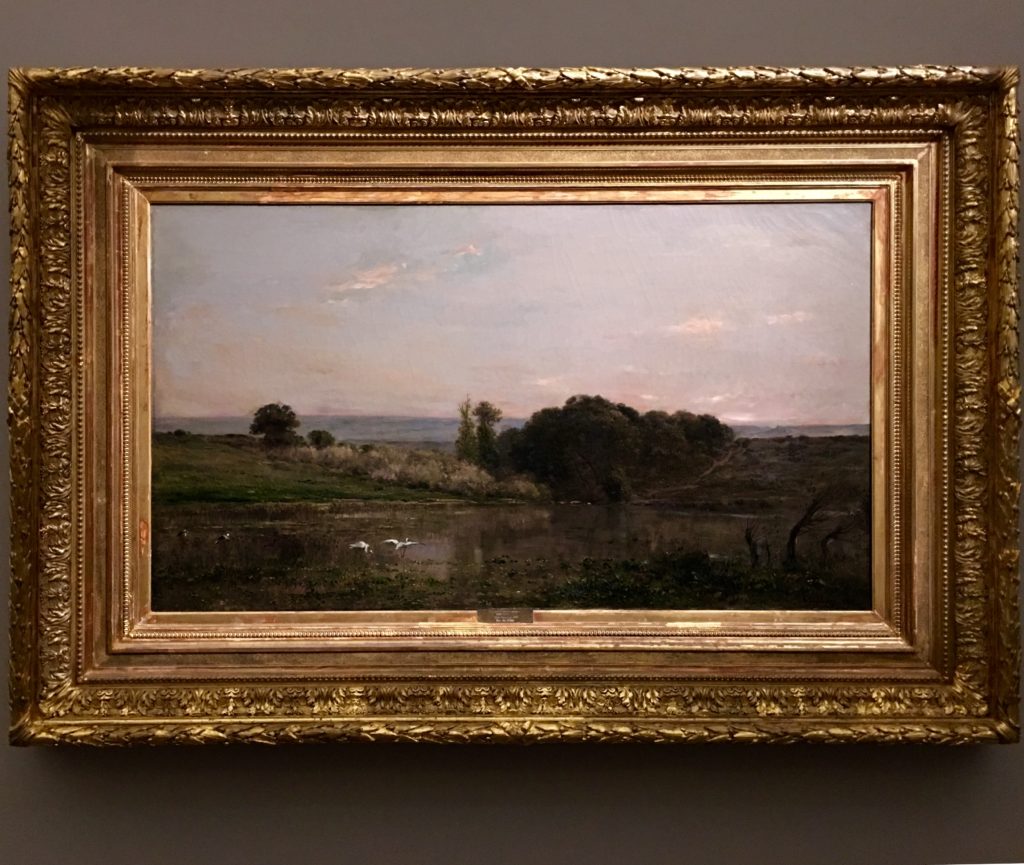
The Painting Museum is organised in 11 sections. An important section consists of paintings bought from the Goupil Art Gallery in Paris. Goupil was one of the most important art galleries and printing companies founded in Paris during the 19th century. The Ottoman court at the time of Sultan Abdülaziz bought a large number of paintings from this gallery. Recommendations were made by the owner of the gallery, Adolphe Goupil, and the painter Jean-Leon Gerome. However, they also reflect the tastes of Sultan Abdülaziz and his aide-de-camp, Şeker Ahmet Pasha. This was the first time a Western-style painting collection was created at the Ottoman court. Most of the painters whose paintings were bought from Goupil were representatives of the Barbizon School which is considered to be the precursor of the Impressionists. The Sultan most probably saw the paintings of this group of artists when he visited the International Paris Exhibition in 1867.
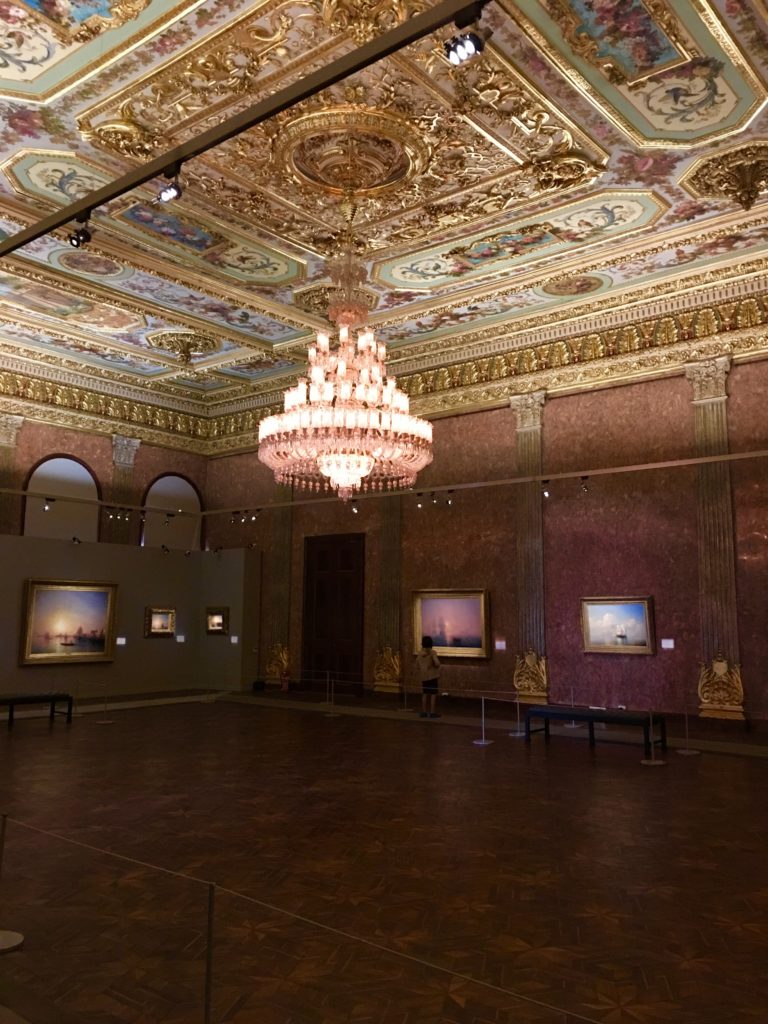
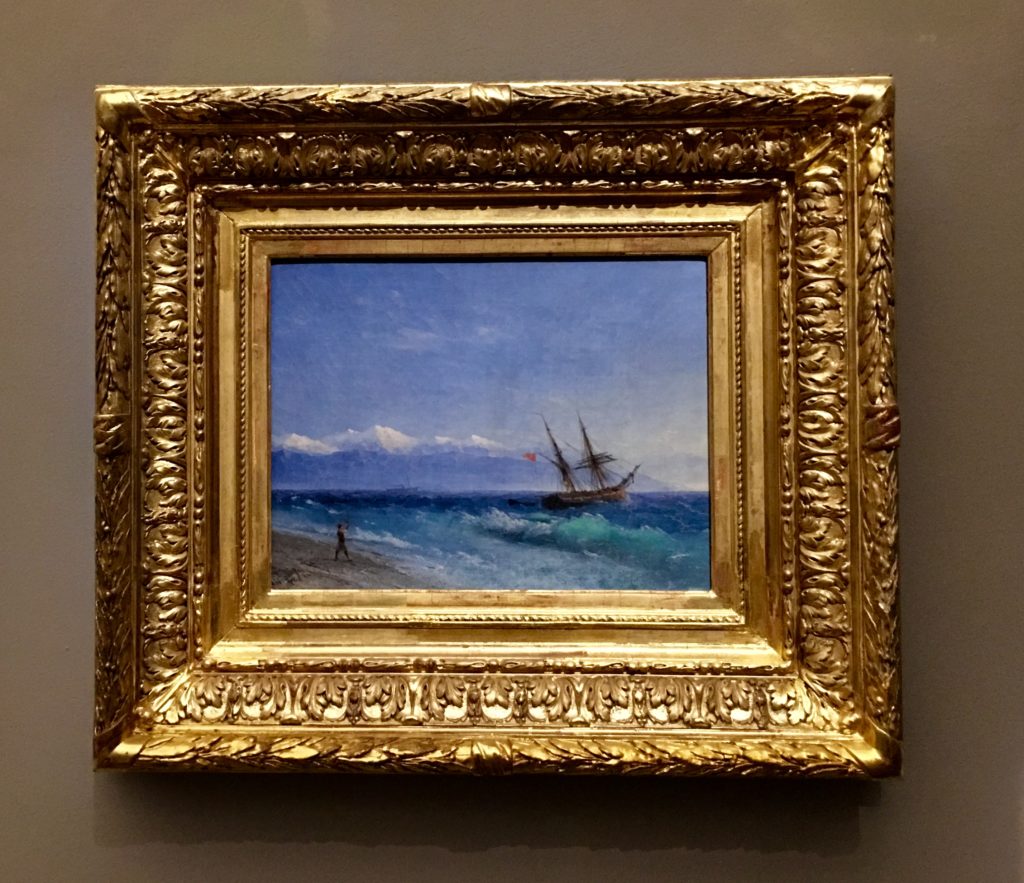
The museum has a large collection of Ivan Konstantinovich Aivazovsky’s paintings which are displayed in the most grandiose hall of the palace. This is the Ceremony Hall with its impressive ceiling and wall decorations. The Russian-Armenian painter Aivazovsky (1817-1900) is considered as one of the greatest masters of marine art.
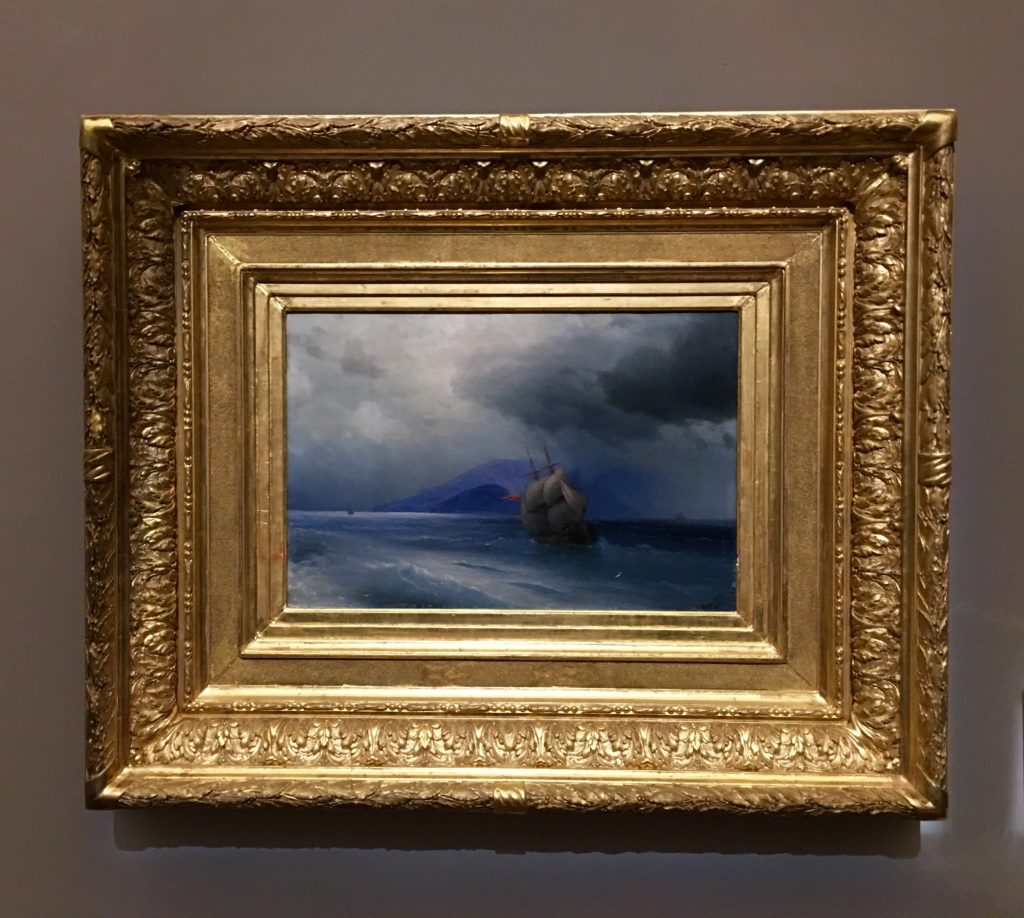
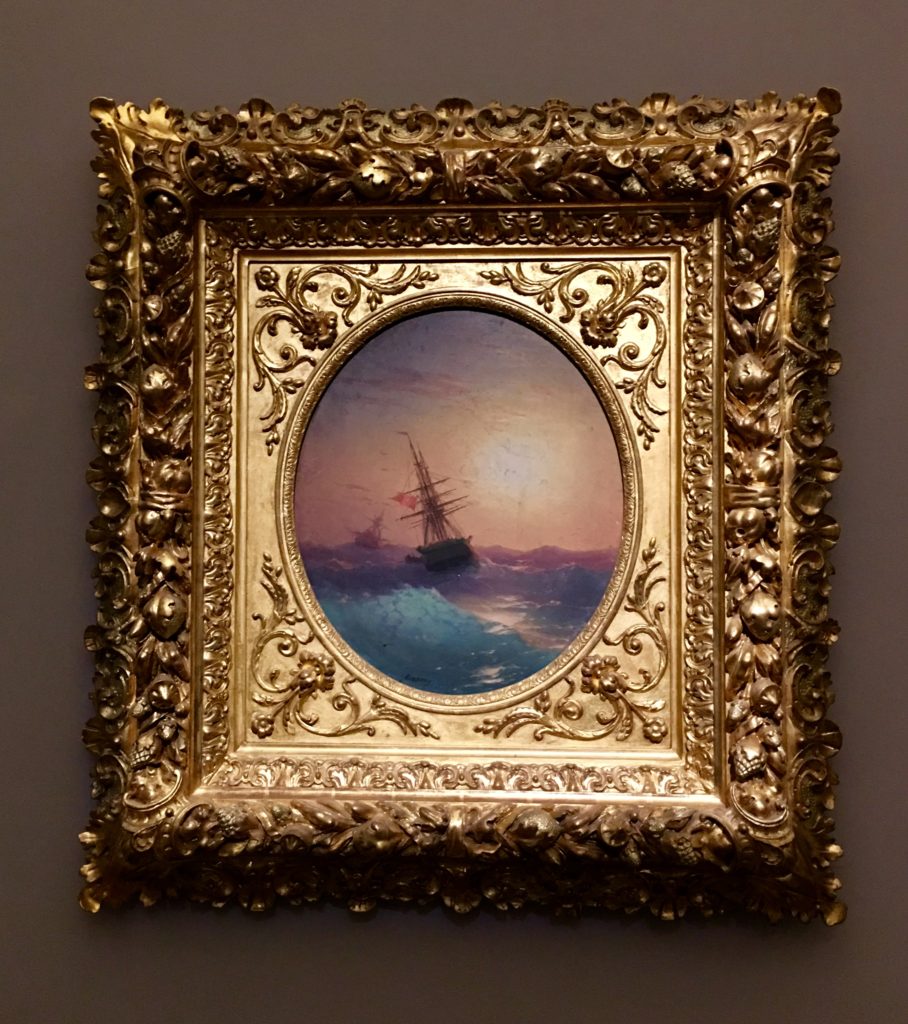
Pierre Desire Guillemet (1827-1878) was another French artist who travelled to Istanbul in the 19th century. In 1873, he came to paint a portrait of Sultan Abdülaziz. He not only painted the Sultan’s portrait but also his son’s (Yusuf İzzeddin Efendi) and those of the women in the Harem of the Dolmabahçe Palace. However, even though court life had become more Westernised after the move to the new palace, men were still not allowed inside the Harem quarters. So, Guillemet’s wife, who was also an artist, went inside the Harem and made sketches depicting the female members of the royal family. She then took them to her husband who made the oil paintings based on his wife’s drawings and instructions.
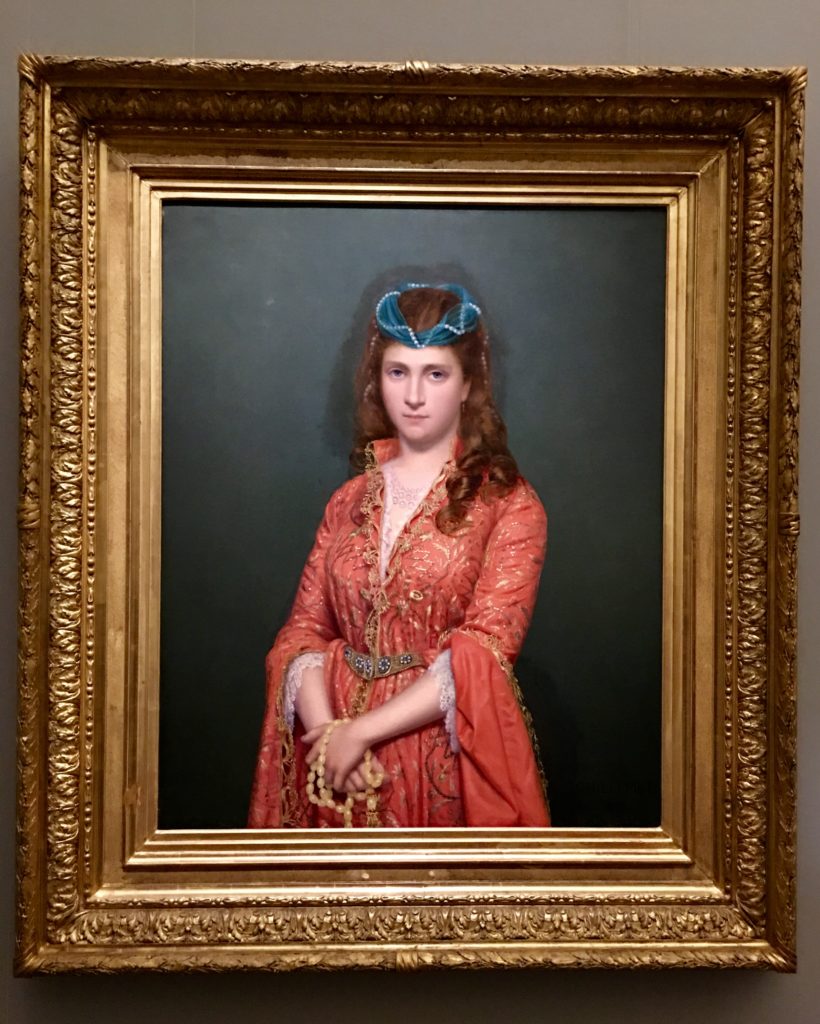
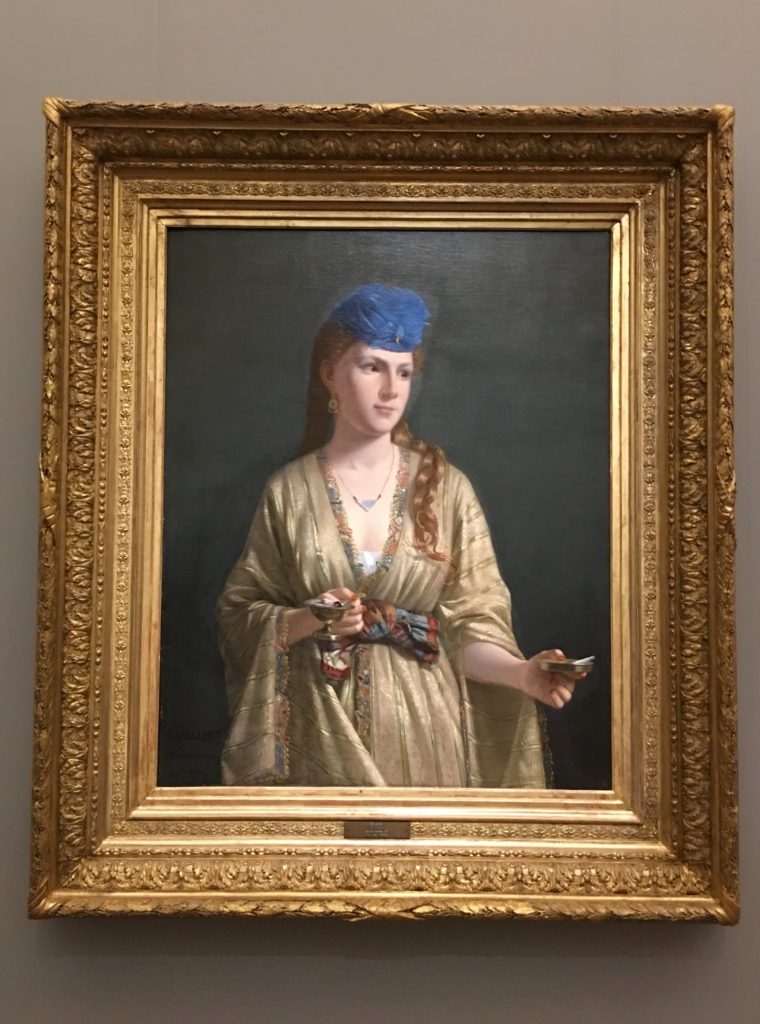
In 1874, Guillemet founded the Academy of Design and Painting in Pera (today’s Beyoğlu) which was to be the first painting school in Turkey. Together with his wife, he taught Western style design and painting. In the meantime, he participated in exhibitions in the years 1873, 1875 and 1877. He caught typhoid fever while doing voluntary work for the refugees of the 1877-1878 Ottoman-Russian War and died in Istanbul on April 30th, 1878.
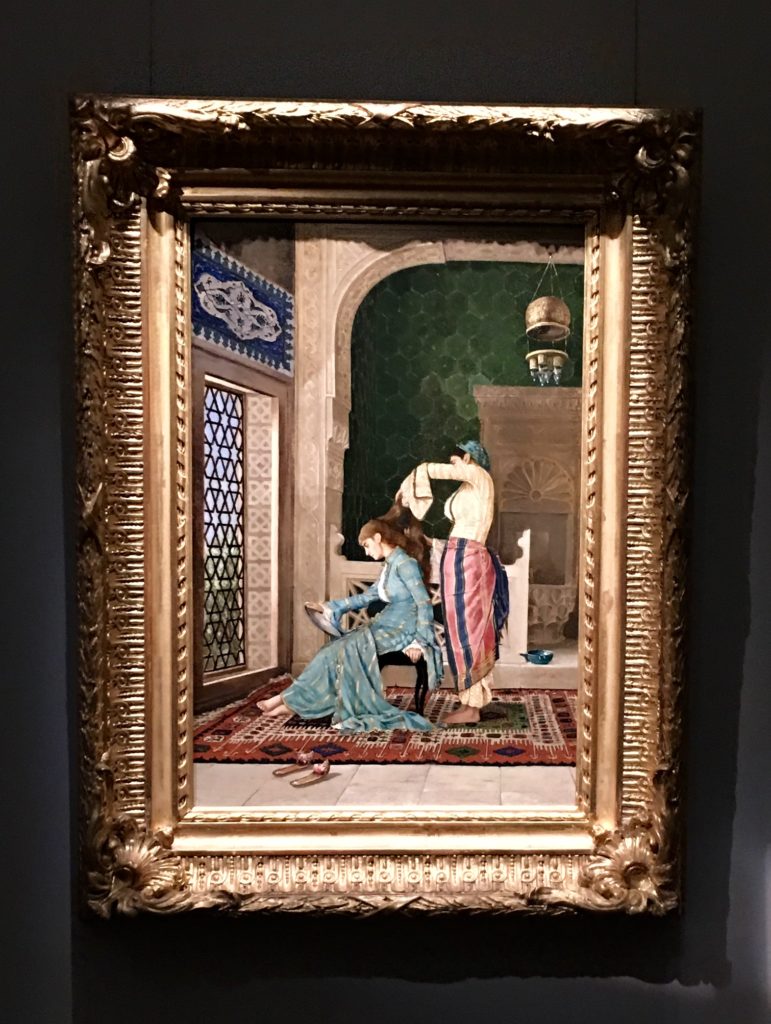
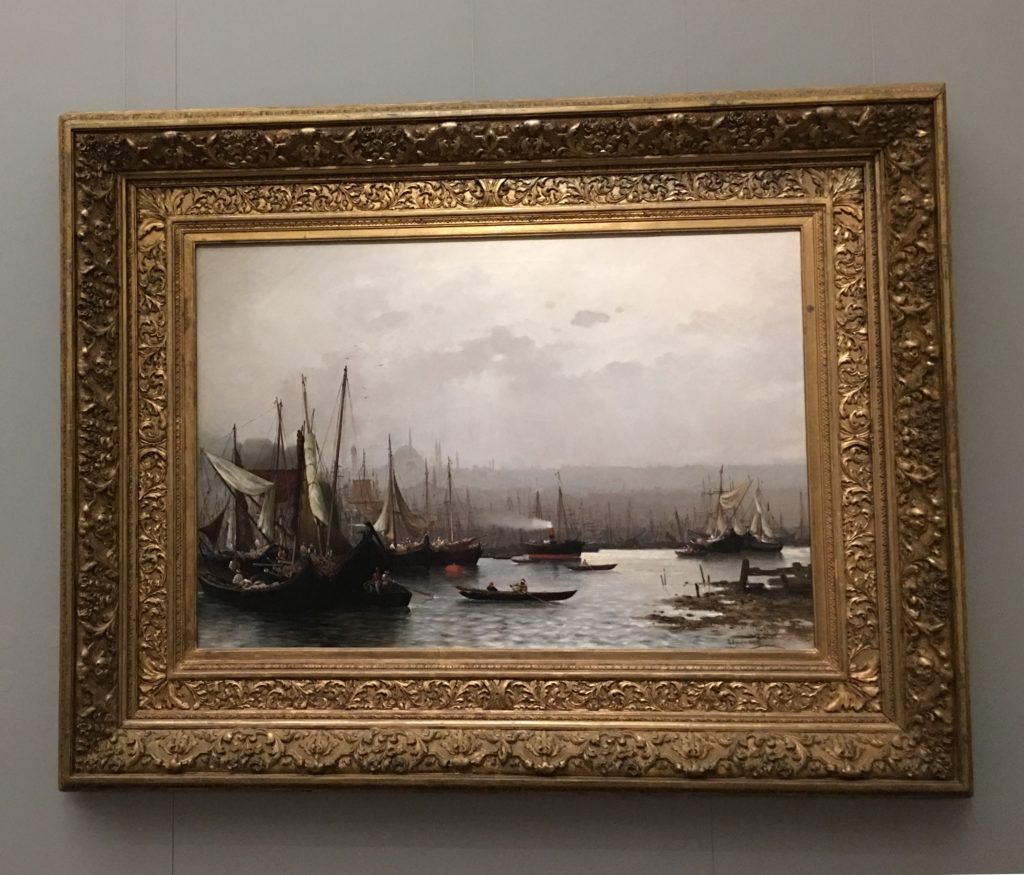
The last caliph Abdülmecit Efendi , like his father Sultan Abdülaziz, was a painter. In fact, he was interested in all areas of art including calligraphy and Western classical music, but painting was the most important one for him. He took painting lessons from the Italian painters Salvatore Valeri and Fausto Zonaro. He supported the Ottoman Painters Society which was founded in 1909. He sponsored the Galatasaray Exhibitions (also participating in many of them with his own paintings) and events that were held by the Şişli Atelier.
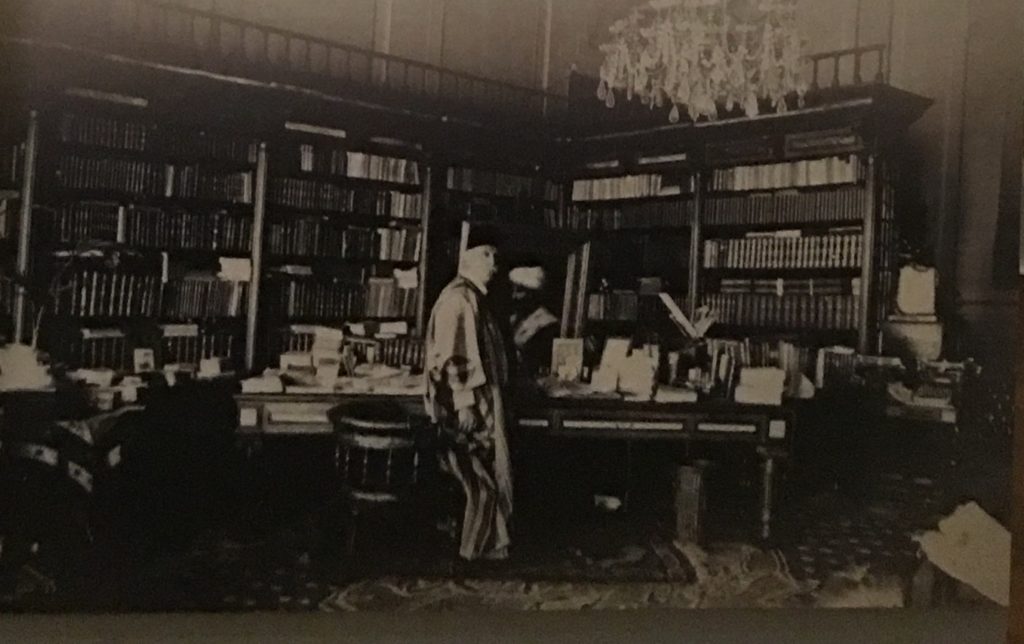
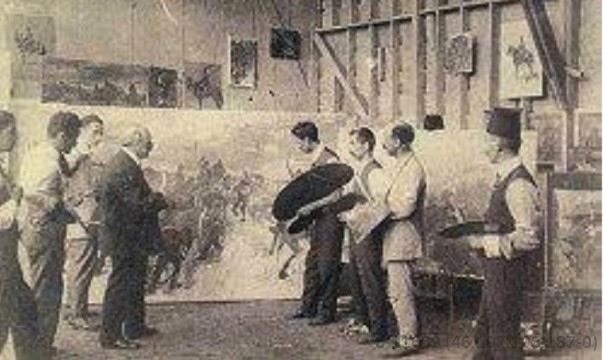
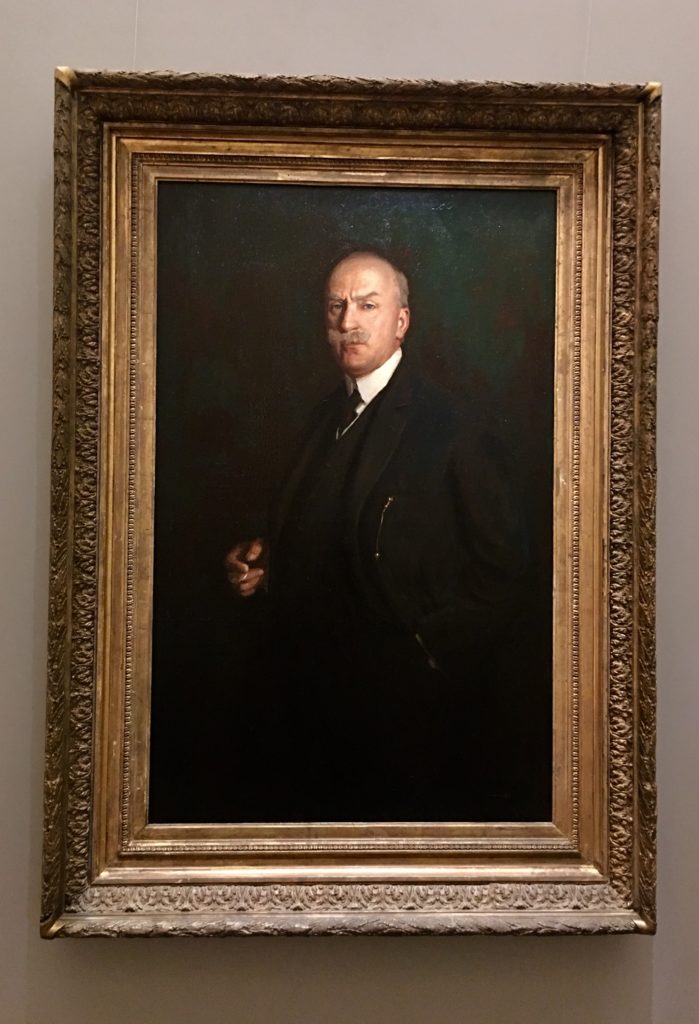
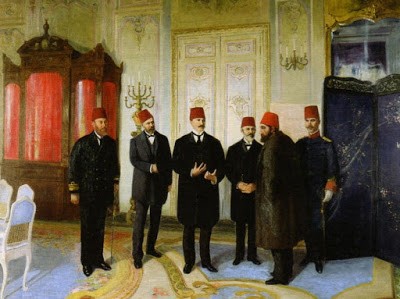
Abdülmecit Efendi was born at the Dolmabahçe Palace in 1868 and like his father, when he was heir apparent to the throne and the caliphate, he lived in today’s Painting Museum building. Some of his paintings can be seen at the hall which used to be his library before he moved to the Dolmabahçe Palace when he became caliph. You can click on the link to read more about Abdülmecit Efendi’s life and his beautiful pavilion on the Asian side, in my post “The Child Within Me”.
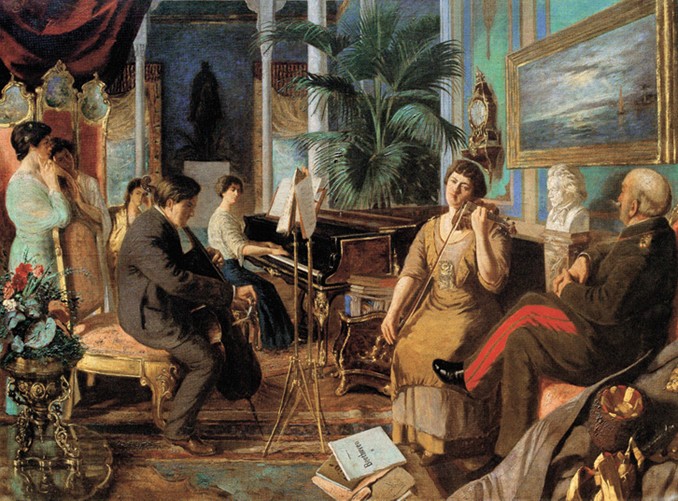
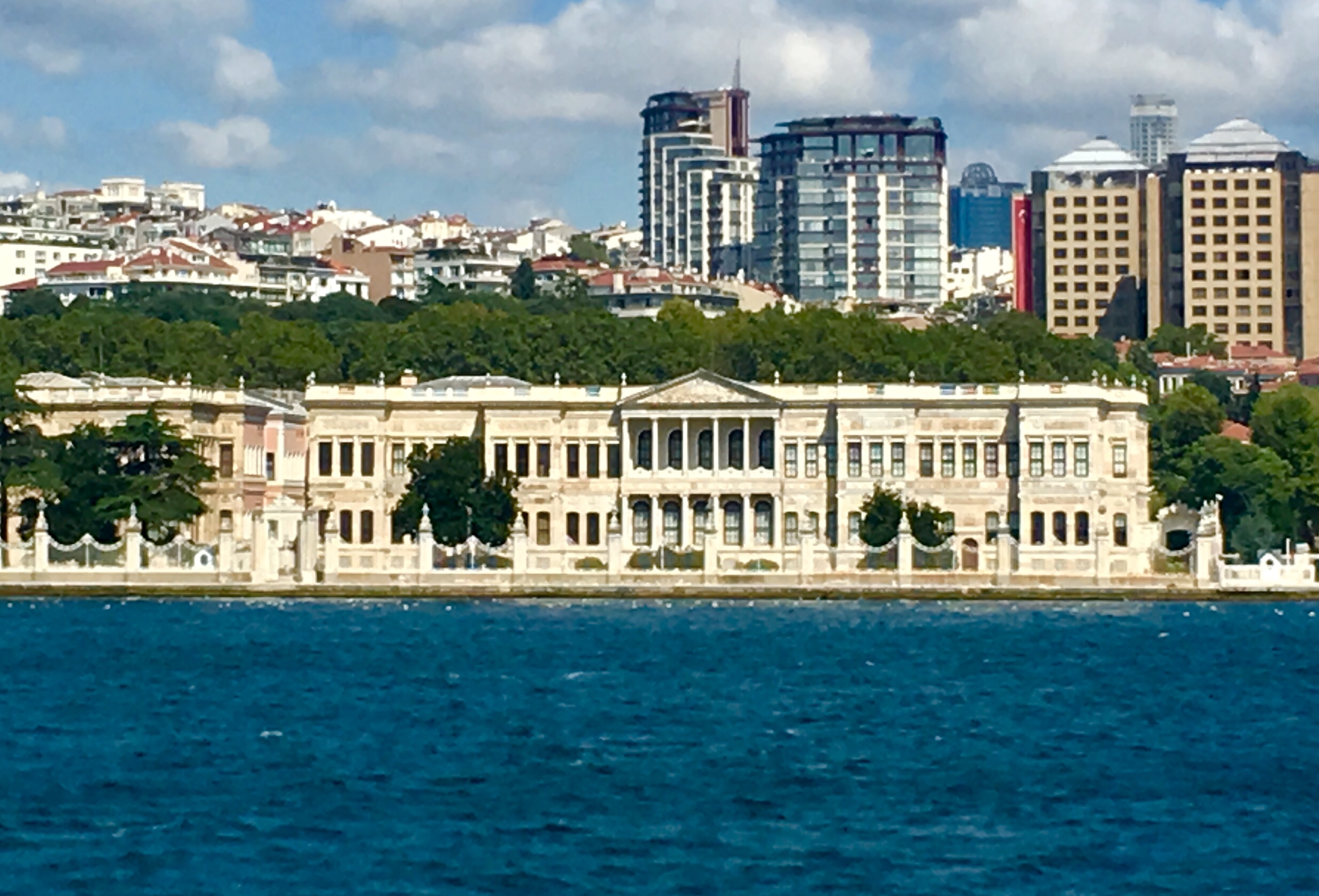
Alhamdulillah, Thank you for your posts. I look forward to reading them and reread before visiting beautiful Istanbul.
Thank you. I am trying to write about the less known places by tourists so that they can visit them in addition to the Blue Mosque, Topkapı Palace etc.